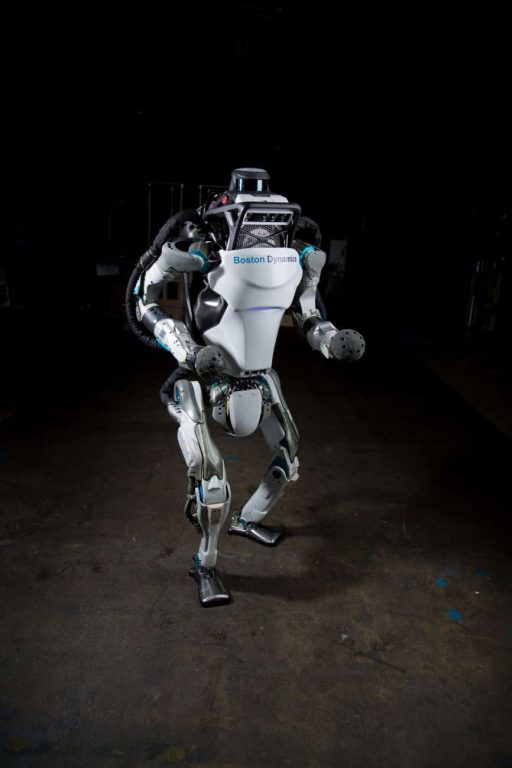Convoys are one of the most vulnerable and dangerous duties of the ground troops in most wars. To resolve this, Lockheed Martin in collaboration with a U.S. Army research center has unveiled fully automated military vehicles.
The idea here is to completely automate a convoy so that soldiers no longer need to be a part of it. This isn’t a first time such fully automated vehicles have been proposed. Squad Mission Support System (SMSS), for instance, is a military vehicle that was sent to Afghanistan in 2012.
Despite being unmanned, the SMSS vehicle was a huge success in helping the ground troops with transportation and tactical missions. The success of SMSS has been used to highlight that automated military vehicles and robotic convoys are effective enough to replace actual soldiers.
Lockheed Martin has collaborated with U.S. Army Tank-Automotive Research, Development and Engineering Center (TARDEC). The system that has been created as a result of this collaboration is called ‘Autonomous Mobility Applique System (AMAS)’ which is a complex array of sensors, control systems and other tools. The system enables a tactical vehicle to perform a whole range of different activities.
According to a statement from Lockheed, “The AMAS program intends to demonstrate the system across eight vehicle types. AMAS does not interfere with drivers who choose to operate their vehicle manually. It adds a sensing and control function that alerts users and so they can rapidly react to safety threats. Many of the algorithms on AMAS also control Lockheed Martin’s Squad Mission Support System unmanned ground vehicle, which was recently used by soldiers in Afghanistan.”
Source: Lockheed Martin
Courtesy: Business Insider
[ttjad keyword=”ipad”]




